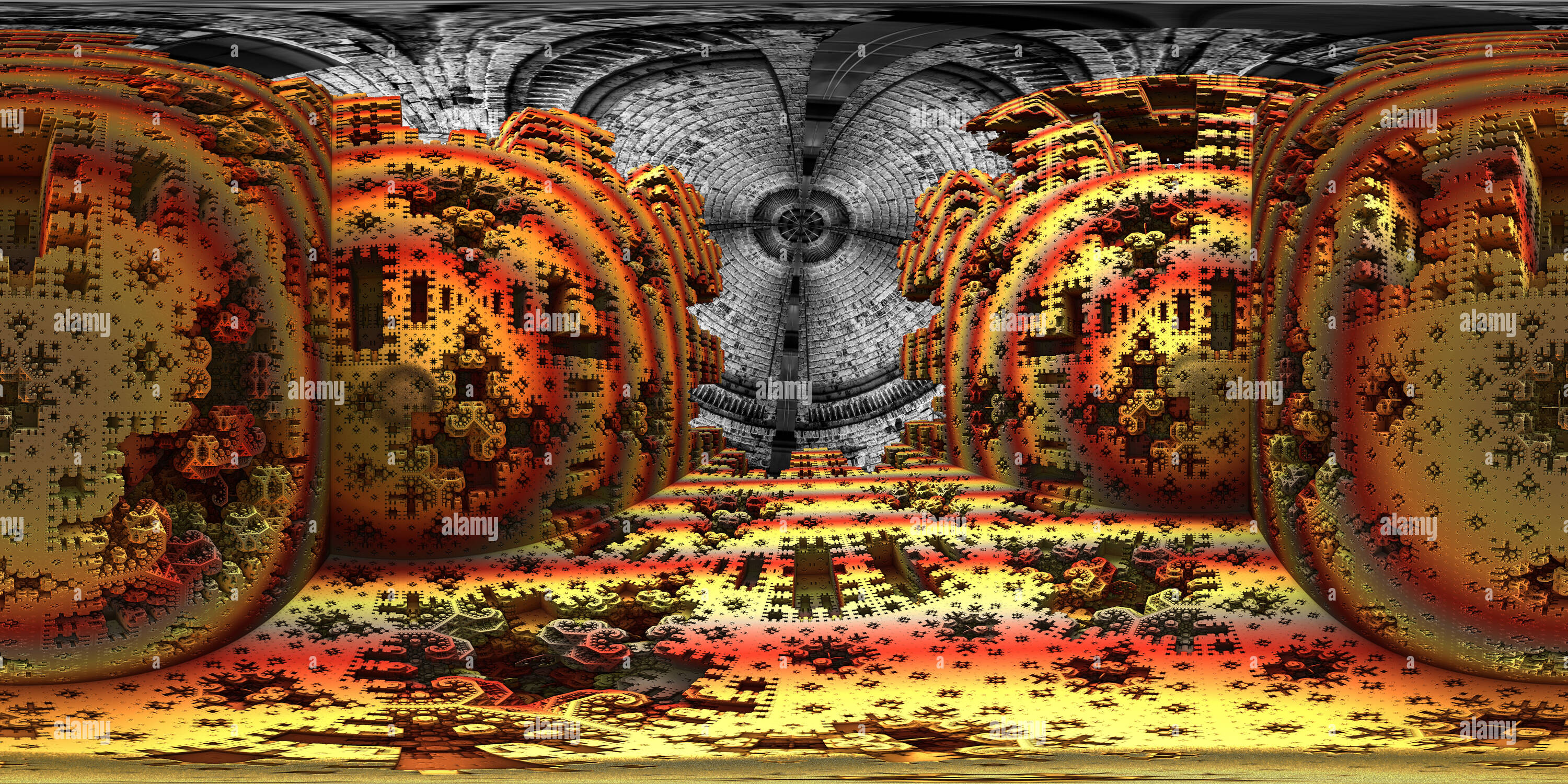
Exactly like we did before, the 3D points that belongs to the Mandelbub are the ones for which the sequence: The parameters is known as the power factor of the Mandelbulb, and it’s used to control its shape. The introduction of trigonometric functions are used to express the Mandelbulb in spherical coordinates. Starting from zero, we iterate a 3D function. The logic behind its creation is similar to the one that generated the Mandelbrot set. This shape has been called the Mandelbulb, since its similarity with a round bulb. While a 3D equivalent of the Mandelbrot set does not exist, Daniel White and Paul Nylander came up with a 3D shape that exhibits similar properties. The concept behind the Mandelbrot set has been subject of extensive research. As such, the operation squaring results in the following expression: It’s important to notice that and are complex numbers they are not simple 2D vectors. This allows a fine control over the final colour of the produced fractal. Its return value can be used to sample a ramp texture. The mandelbrot function can be fed with the UV of a piece of geometry. It requires as an input, and it outputs and a number from to that indicates how many iterations were performed before the function diverged:
#MANDELBULB 3D FRACTAL CODE#
If you’re familiar with Shaders, the following code will allow you to calculate a Mandelbrot fractal. This produces stunning animations that truly highlights the complexity that hides in the fringe of the Mandelbrot set: The most common relies on the speed at which changes. The original equation that defines the Mandelbrot set only allows for a black and white figure. Many coloured version of the Mandelbrot set exist, using several different technique.

Not only the edge exhibits self-similarity it also hides an endless sea of complexity. The really interesting behaviour happens on the edge of the Mandelbrot set, where the white and black parts of the plane meet. White points are the values of for which diverges to infinity while black hones are the values of for which stays confined. When computing the Mandelbrot set, is iterated several times if it stays small enough, it is assumed to be part of the set.Īt a first glance, this produces a black and white figure: The Mandelbrot is made of all those complex numbers for which iterating does not escape to infinity. Starting with, we obtain the following sequence:įor any, this sequence has two possible behaviours: it either diverse towards infinity, or it stays forever bounded. Which means, when you keep feeding the result of to itself.

The complexity hidden in comes to light when you keep repeating iterating the function, over and over.

This blog has dedicated an entire post on Complex Numbers, in the context of 2D rotations. In order for this fractal to appear, both and must be complex numbers. The Mandelbrot set arises from an extremely simple equation: Firstly defined in the 1978, it was later computed and visualised by the mathematician Benoit Mandelbrot in 1980. One of the most famous fractals of this kind is the Mandelbrot set. Most fractals appear in the most unexpected places, rewarding you with endless beauty. Their strong self-similarity doesn’t really allow for any interesting complexity to arise. The previous post in this series, Fractals 101, showed how fractals can be constructed by iteration. Fractals created this way have indeed an infinite complexity, but they are also very boring.


 0 kommentar(er)
0 kommentar(er)
